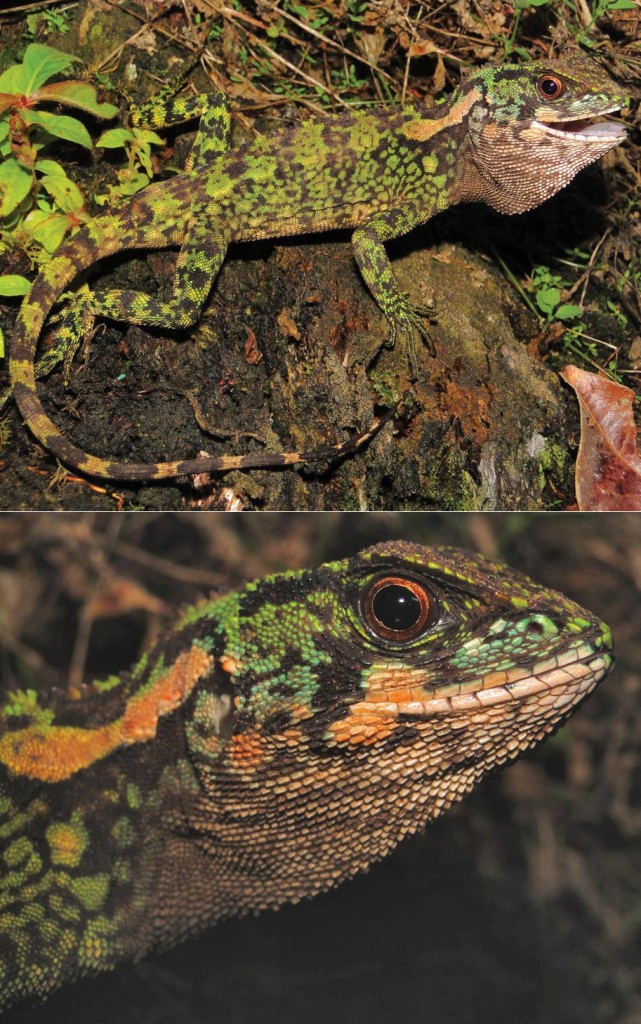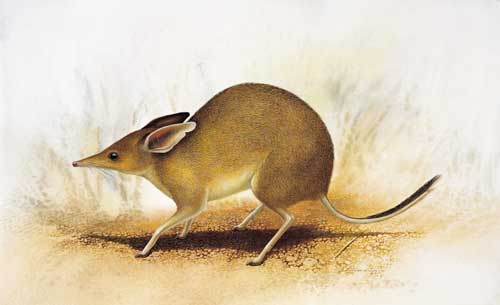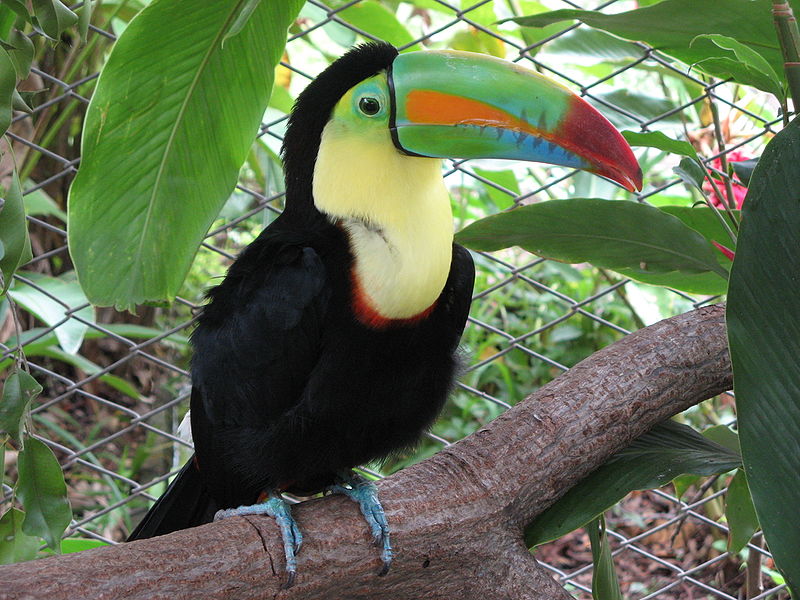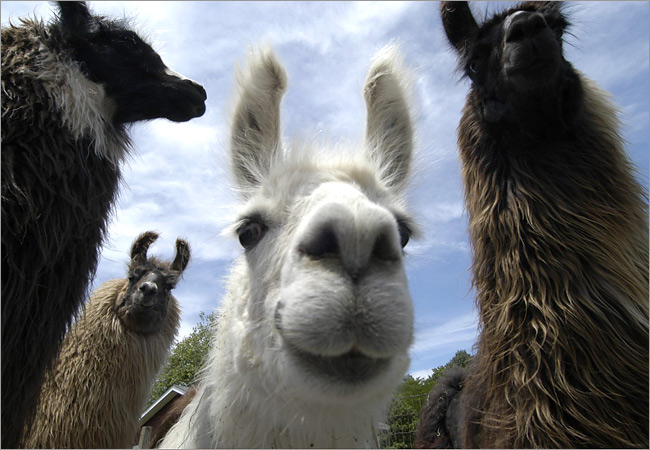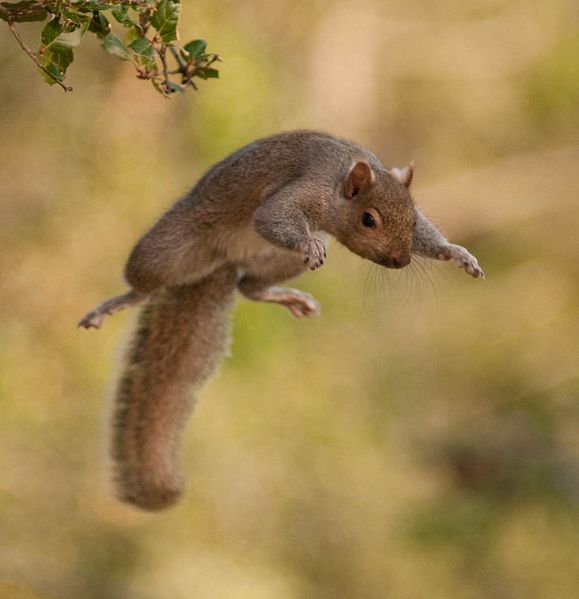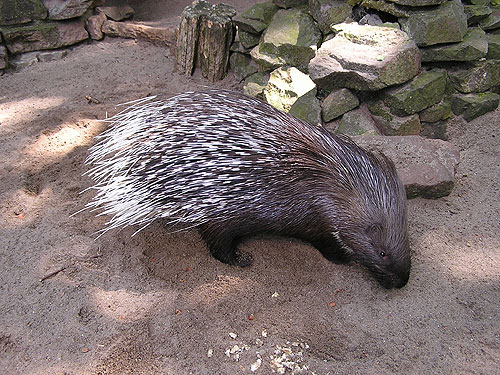The dream for every biologist is to discover a new species so I am guessing researchers exploring the Peruvian forest in 2010 were absolutely thrilled when they found not one but two new species of wood lizards. Unfortunately, Wild Fact #5 can only look at one of these new species. I apologize to Enyalioides binzayedi, as I am sure you are incredibly interesting but we have decided to go with your newly discovered cousin, Enyalioides azulae. These lizards are so new that we haven’t had time to give them a common name.
Cool Facts About Enyalioides azulae
- The best thing about this newly discovered lizard is the fact that it looks a lot like a miniature dinosaur. Go ahead and take another look at their picture – see what I mean? If they were bigger they could have easily been featured in Jurassic Park.
- The Enyalioides azulae was named after the Cordillera Azul mountain range, in northeastern Peru, where this species was first discovered
- Prior to this new discovery the genus Enyalioides had 10 members of their close-knit group. Let’s just hope they were welcoming to their two newest members from Peru.
Males vs. Females
So what does a 10 cm (3.9 inch) long dinosaur look like? For starters, the males have a greenish body while their female counterparts prefer a nice brownish colour. The fact that the males and females are different colours tells us something important about this new species. Apparently the Enyalioides azulae display sexual dimorphism, meaning each gender has an unique look. This is important to know when you are trying to find new species of animals 🙂
The Colourful Lizard
Besides the base colours, you will also notice that the males have an amazing array of other colours such as orange, black and beige, while the female is quite boring with their standard brown colour. . As well, both males and females have small dorsal spikes, which are not nearly as pronounced as it is with their newly discovered cousin. Apparently, their spikier cousins are also more colourful, however, I have a tough time believing this. Take one look at the male Enyalioides azulae and try to tell me that there is a more beautifully coloured lizard. I bet you can’t do it…unless you are looking at the female.
Wild Fact Flashback: Wild Fact #995 – Dung Beetle


